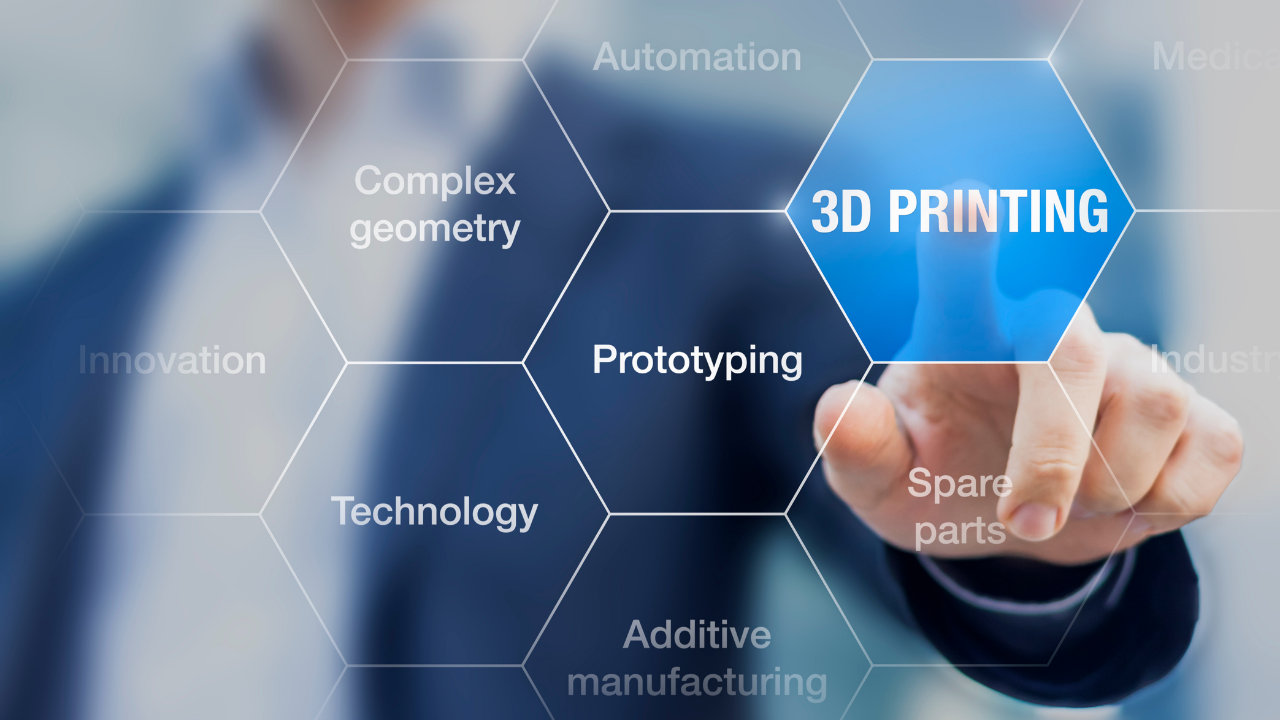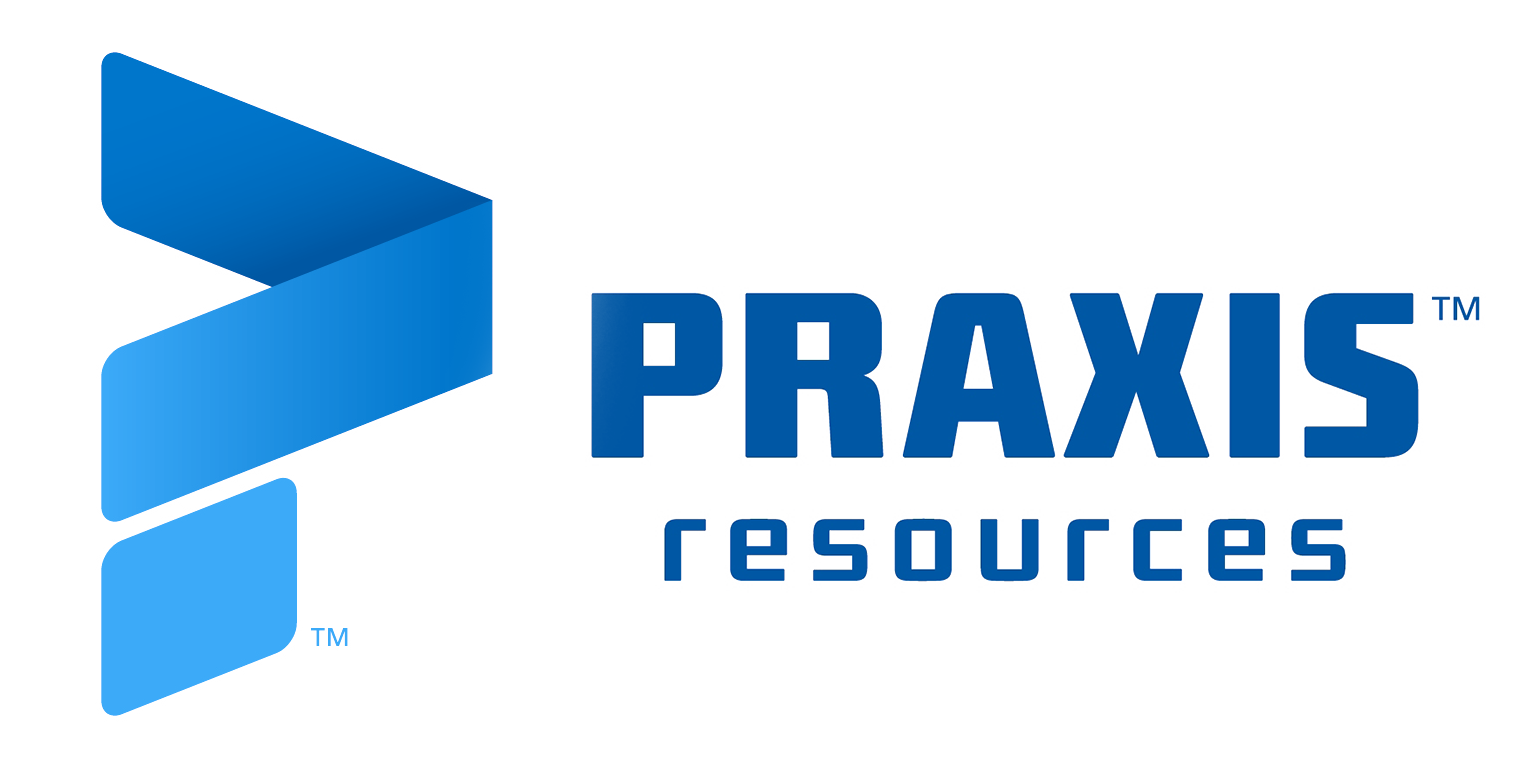
Rapid prototyping brings many benefits to the engineering world while conventional methods take more time and often cost more money to produce. In this article, we are going to talk about what rapid prototyping is, the advantages, and disadvantages of each method, as well as how they compare in terms of speed and cost effectiveness.
What is rapid prototyping and how does it differ from traditional development?
What is Rapid Prototyping? It’s a group of techniques that helps engineers, designers and other creatives come up with a design or solution quickly. Usually this involves a 3D CAD model and additive manufacturing (3D printing), CNC machining, or vacuum forming. A prototype can be built in any form – physical, virtual or a combination of the two. The key is to know what kind of prototype you want and to have something tangible that you can show people when they ask what it would look like or how will it function.
In a world of ever-changing technology, the engineering industry is constantly in flux. As engineers push to create new technologies that are more innovative and efficient, they continually develop new ways of solving problems and creating prototypes. One such method is rapid prototyping. Unlike conventional techniques, which can take months or even years to produce results, rapid prototyping can provide an engineer with a tangible model in a much shorter timeframe! This allows engineers to quickly determine if their design ideas work as planned without wasting time or resources on something that may not work out in the end.
With many benefits for engineers in both large and small enterprises alike, it’s no wonder why more and more companies are adopting this technique!
Benefits of using rapid prototyping
As engineers, we are always looking for ways to do our jobs more efficiently. One great way we can do that is to use rapid prototyping techniques to finish our projects faster and more cost effectively. Engineers have traditionally used a design-build-test approach, but this leaves the project unfinished until it has been approved by testing. Rapid prototyping allows us to test our designs before they are finalized in order to make any necessary adjustments which in turn saves time and money on the project.
Using rapid prototyping techniques can allow you to reduce your development time from months down to weeks as well as reduce your overall prototyping costs up to 10 times.
Additive manufacturing allows you to quickly 3D print prototypes of your design without any need for molds or assembly line production, making the whole process much faster than traditional methods. What’s more, many 3D printers use thermo-plastics that are cost effective and easy to work with.
The main advantage, however, is that prototypes in general, allow engineers to test out ideas without having to do a full production right away. This allows them to make changes and iterate quickly and cheaply without needing as much development time on their project.
The result? Engineers have a way better chance at getting their products just right before they go into production.
Drawbacks of traditional development
There are drawbacks with traditional methods that you should be aware of before setting out.
There is a lot of time and money put into traditional development and requires massive planning on the front end. There is a lot less flexibility with this approach as well. Any changes that are made can have ripple effects slowing the entire project and causing you to go back to the drawing board. This in turn can lead to costly budget overruns.
Another drawback is that you may not have anything to show your stakeholders until the end of development. If you’re going to sales presentations or shopping your product around to investors, you are going to get much better feedback if you have something they can put their hands on.
Implementing in your projects
Rapid prototyping is quite simple to implement. The first step is to develop a CAD model of your prototype. Once you have a virtual prototype you can also virtually test in a simulated environment. This will help you root out any potential faults in the design early on, saving countless dollars and hours.
Next you will likely use 3D printing, CNC machining, vacuum forming, or any combination to bring your model into the world. Rapid prototyping really saves time in the design phase, which is so important in engineering product development, and getting to market as quickly as possible.
Rapid prototyping tips
– Prototype the behavior of a product to identify usability issues before developing it any further.
– Focus on Functionality. When prototyping functionality, have a strong understanding of the users’ goals and objectives before building out your prototype.
– Use prototypes to communicate ideas or concepts with stakeholders at any stage in the design process.
– Test Your Prototype With Users Who Are Actively Involved in the Design Process (i.e., Stakeholders and Customers). You can get feedback from these users and develop a more informed design.
– Rely on experts in the field for feedback and insights.
The future
Rapid prototyping is a bright and relatively new design method that has quickly become popular for companies of all sizes. These manufacturing techniques are changing the way we do low volume production and fabrication.
As the technologies involved continue to evolve so shall the techniques involved with rapid prototyping. In the coming years you are going to see VR and AR playing a larger role in prototyping. You’ll be able to fully interact with your digital prototype in the virtual world or see what it looks like sitting on your countertop or hanging on your wall using augmented reality. The future of prototyping and manufacturing in general look very promising and very exciting
This article has covered the basics of rapid prototyping, how it differs from traditional development and some benefits to consider when implementing this technique into your projects. We hope it’s provided you with some useful tips along the way so you can avoid common pitfalls and fast track your project’s success!
Don’t wait any longer – take advantage of these insights now! If you’re interested in learning more about how we can help bring your idea or prototype to life, please use the button below and contact us today.
